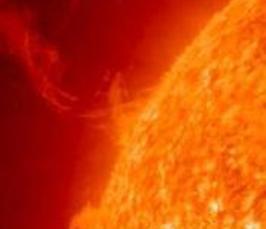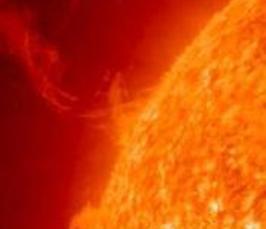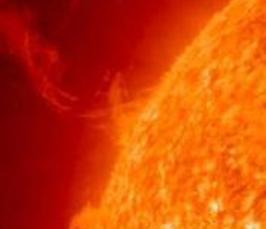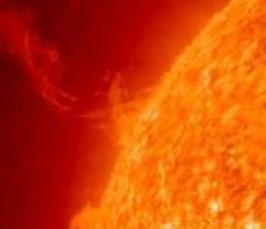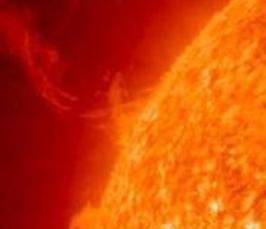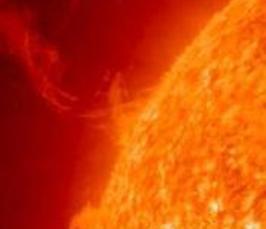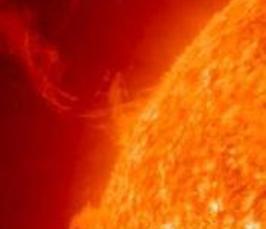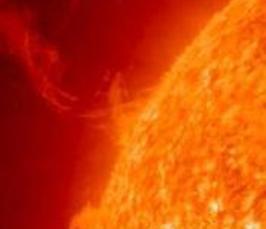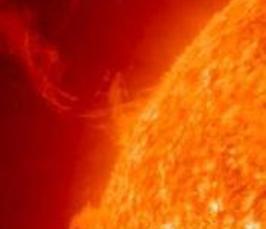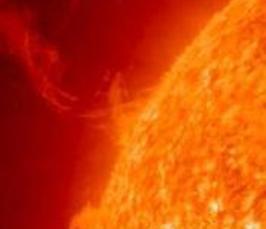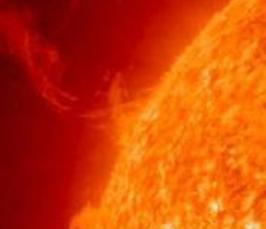Long-period intensity pulsations have been recently detected in coronal loops with EUV images of both SoHO/EIT (Auchère et al., 2014) and SDO/AIA (Froment et al., 2015). These pulsations have been interpreted as resulting from thermal non-equilibrium (TNE), thus providing a signature of a highly-stratified and quasi-constant heating at the loops footpoints (Froment et al., 2017; Auchère et al., 2016). Depending on the adequacy between the geometry of the loop and the characteristics of the heating, this can result in either complete (down to chromospheric temperatures) or incomplete (> 1 MK) condensation and evaporation cycles, that are responsible for the observed intensity pulsations. Using 1D hydrodynamic simulations, Froment et al. (2017, 2018) were able to reproduce the observed pulsations, with incomplete condensation for the active region studied in their previous paper. The simulations also predict periodic plasma flows along the loops footpoints, with velocities up to 40 km/s. We try to detect these flows by using time series of spatially resolved spectra from the EUV spectrometer Hinode/EIS. We systematically search for EIS datasets that correspond to the observation of pulsation events among the 3000+ that were detected in AIA data, between 2010 and 2016. For the 11 datasets that are found, we derive series of Doppler velocity maps, which allows us to track the evolution of the plasma velocity in the loop over several pulsation periods. We then compare these data to the results of previous simulations and observations. We detect the signature of flows along some loops that have velocity patterns consistent with the predictions from the simulations. However, the expected pulsations in velocity cannot be identified in any of the datasets that we analysed, either due to insufficient temporal resolution, or to line of sight ambiguities combined with low signal to noise.
[more]
